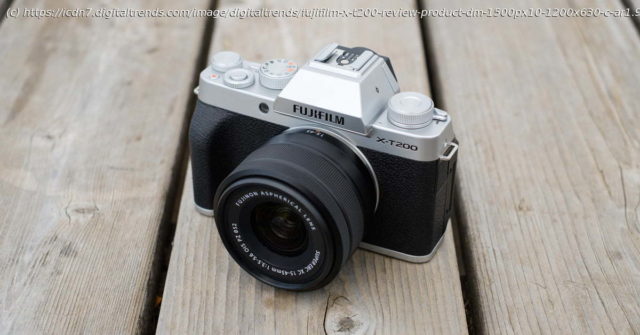The Fujifilm X-T200 is a viable entry-level option that makes us wonder if the extra $300 for the popular enthusiast-level X-T30 is worthwhile. We investigate.
The Fujifilm X-T200 is Fujifilm’s way of offering photographers a dose of the X-series experience in an entry-level mirrorless camera. But for a few hundred dollars extra, you could get the mid-range X-T30. Before deciding which one is right for you, let’s put them side by side and look at what you’re getting in terms of performance.
The X-T200 has a 24-megapixel sensor that uses a traditional Bayer color filter, compared to the X-T30’s 26MP sensor that uses Fujifilm’s unique X-Trans filter. For the pixel peepers, the extra 2 million pixels may not be that important, but the X-Trans sensor can produce sharper results for some subjects. But everyday folks needn’t worry, as it will be almost impossible to notice the difference when looking at images on a digital screen.
The X-T30 is essentially an X-T3 in a more compact body (with a few limitations). This means that owners of the camera can enjoy the built-in X Processor 4, resulting in better autofocus and faster performance than the X-T200.
ISO sensitivity is similar but not the same. The X-T200 has a native range of 200-12,800 (extended: 100-51,200). You get a native range of 160-12,800 (extended: 80-51,200) in the X-T30. With the lower base ISO, the X-T30 achieves an edge in dynamic range that may make it attractive for landscape photographers. Honestly, the sensor produces some of the best RAW files we’ve seen from a crop-sensor camera.
But when we tested the X-T200, we found it remained consistent with other Fujifilm cameras. JPEGs were rich in color and detail and RAW files still had sufficient dynamic range for pretty extreme adjustments. Again, unless you’re pixel-peeping, you might not see the difference.
Both the X-T200 and X-T30 will begin to struggle in low light when using a higher ISO, at least compared to full-frame cameras. Fortunately, Fujifilm offers several f/2 and f/1.4 prime lenses that are great for low light shooting.






